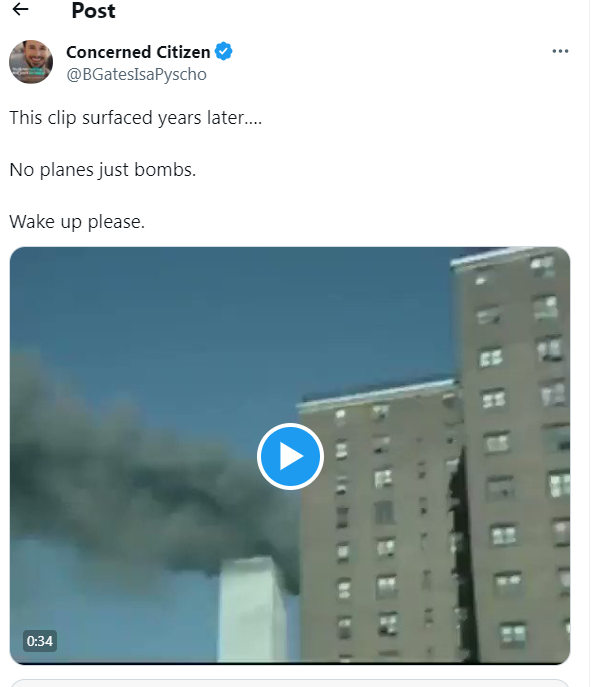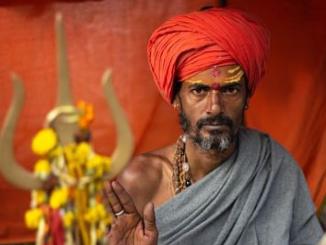
Does a video of the South Tower at the World Trade Center in New York City exploding without a plane?
The video of the exploding Twin Towers without planes is not real. It is a deepfake video that was created using artificial intelligence. Deepfake videos have been manipulated to make it look like someone is saying or doing something they never actually said or did.
The video of the exploding Twin Towers without planes was first posted online in 2018. It quickly went viral and was shared by millions of people. However, it was soon debunked by fact-checkers and experts.

This clip surfaced years later….
No planes just bombs.
Wake up please. pic.twitter.com/PZbWns8WPL
The video is a compilation of clips from real videos of the 9/11 attacks, but the planes have been removed, and the explosions have been enhanced. The video also contains several other unrealistic elements, such as how the towers collapse.
The video of the exploding Twin Towers without planes is a dangerous piece of misinformation. It is essential to be aware of this type of misinformation and to fact-check any information you see online before sharing it.
Here are some tips for spotting deep fake videos:
• Look for inconsistencies in the video, such as changes in lighting or skin tone.
• Pay attention to the person's lips. If they don't match the words that they are saying, it could be a sign that the video has been manipulated.
• Be suspicious of videos that seem too good to be true. If you see a video of a celebrity saying or doing something that seems out of character, it's probably a deepfake.
If you see a video that you think might be a deepfake, you can report it to the platform where you saw it. You can also share it with friends and family so they can be aware of it.
Deepfake videos are synthetic media created using deep learning techniques, particularly generative adversarial networks (GANs). These videos involve using artificial intelligence and machine learning algorithms to manipulate or replace the appearance and often the voice of a person in an existing video or image with someone else's likeness. The term "deepfake" is a combination of "deep learning" and "fake."
Here are some critical points about deep fake videos:
Manipulation of Faces and Voices: Deepfake technology can manipulate faces, expressions, and voices to create compelling and realistic videos. It can make a person appear to be saying or doing things they never did.
AI Algorithms: Deepfake videos are created using deep neural networks trained on large images and audio datasets. These algorithms learn to generate realistic content by analyzing and mimicking patterns in the data.
Applications: While deepfake technology has been used for harmless purposes, such as creating entertaining videos and impersonations, it has also raised concerns due to its potential for misuse. Deepfakes can be used for deception, misinformation, and privacy invasion.
Ethical and Legal Concerns: The rise of deepfakes has sparked ethical and legal debates about their implications. They raise issues related to consent, privacy, and the spread of disinformation.
Detection and Authentication: Researchers and tech companies are developing tools and methods to detect and authenticate deepfake videos. These efforts aim to identify manipulated content and distinguish it from authentic media.
Media and Entertainment: Deepfake technology has found applications in the entertainment industry, where it can be used to digitally resurrect actors, create realistic CGI characters, or dub movies in different languages with the original actors' voices.
Politics and Misinformation: Deepfakes have raised concerns about their potential use in spreading false information, especially in politics. There have been fears that deepfake videos could be used to manipulate public opinion or discredit individuals.
Regulation: Some countries have started implementing regulations to control the creation and dissemination of deepfake content, mainly if intended to deceive or harm.
Research and Development: Ongoing AI and machine learning research continually advances deepfake technology, making it more sophisticated and harder to detect.
It's essential to be aware of deepfake videos and exercise critical thinking when encountering media content, especially on the internet. Verifying the authenticity of videos and relying on trusted sources for information is essential in the age of deepfakes.



























